What are Perennial Weeds?
Perennial Weeds are longer lived plants that can survive winter or regrow from roots, rhizomes or tubers in spring after a period of dormancy. Many weeds that grow from seed ...

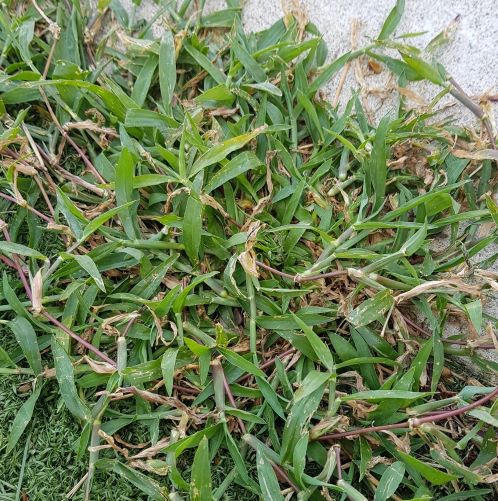 Summer grass is a common invasive annual grass that also goes by the name crabgrass.
Summer grass is a common invasive annual grass that also goes by the name crabgrass.
Not surprisingly, Summer Grass seeds germinate when temperatures begin to rise above 20 degrees C in spring.
Germination and growth are also encouraged by alternating wet and dry conditions.
Summer Grass has soft, hairy leaves and clusters of soft stems that can be pale or purplish and grow close to the ground.
Summer Grass plants can put out roots at the nodes and the stems produce runners allowing the plant to grow quickly into large patches. Mature plants have fibrous roots. The seed heads have small spikes covered in tiny black seeds.
Summer Grass flourishes in open areas of full sun or partial shade and is commonly found on roadsides and in vegetable gardens.
Seeds, plant segments and roots can be transferred on vehicles, garden tools and animals, and in soil, sand, gravel and cow manure.
There are several ways to control Summer Grass, either mechanical or chemical.
Manual control of Summer Grass can be complicated by rooting at the nodes, so the best method is to carefully hand remove individual plants.
Mowing patches of Summer Grass, before it puts out seed heads, will help reduce the spread from seeds, but won’t stop it from spreading via runners.
Summer Grass prefers open areas of full sun or partial shade but doesn’t cope well with extended periods of high temperatures. For this reason, you can use solarisation to effectively cook the plants and sterilise any seeds.
Solarisation involves laying a sheet of plastic, usually clear, over the area of Summer Grass. You then bury the edges and weigh them down. It can take four weeks or more for the process to work, so it’s not a quick fix, but it is a chemical-free way to deal with a weed problem.
If you’re in no rush, you might also like to try covering patches of Summer Grass with geofabric or black plastic weighted down by stones or loose earth.
Denying access to sunlight will effectively smother the Summer Grass plants.
There are several herbicide sprays on the market that are suitable for managing Summer Grass.
Depending on the maturity of plants and how large an area is affected, it may be necessary for you to spray more than once.
Glyphosate can be effective on Summer Grass, but as a non-selective herbicide it will poison everything it touches, including the lawn. Overspray of glyphosate is especially toxic to Kikuyu and Buffalo lawns.
It is safer to use a selective herbicide. Look for products containing MCPA (that are also marked on the label as being suitable for Paspalum, Nut Grass and Clover) or the active ingredient oxadiazon.
The Summer Grass plants must be actively growing and not under stress for any herbicide to work properly.
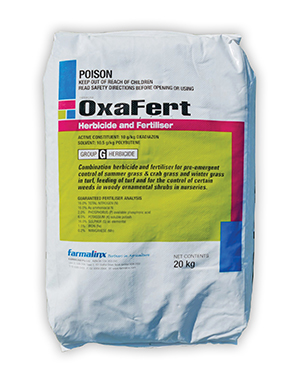
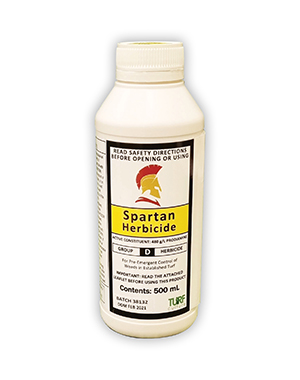
Spartan is one of the leading pre-emergent herbicides for the control of Summer Grass. Spartan is suitable for use on Zoysia, Kikuyu, Couch and Buffalo grasses. Always read the safety directions and instructions on the product label before use.
SHOP NOWCheck garden beds, footpaths, driveways, roadsides and other nearby areas to ensure there is no Summer Grass that can spread into your lawn.
Summer Grass is more likely to gain a foothold when your lawn is thin and light.
Ensuring you have a strong, healthy lawn provides the best defense against incursion by Summer Grass weeds.
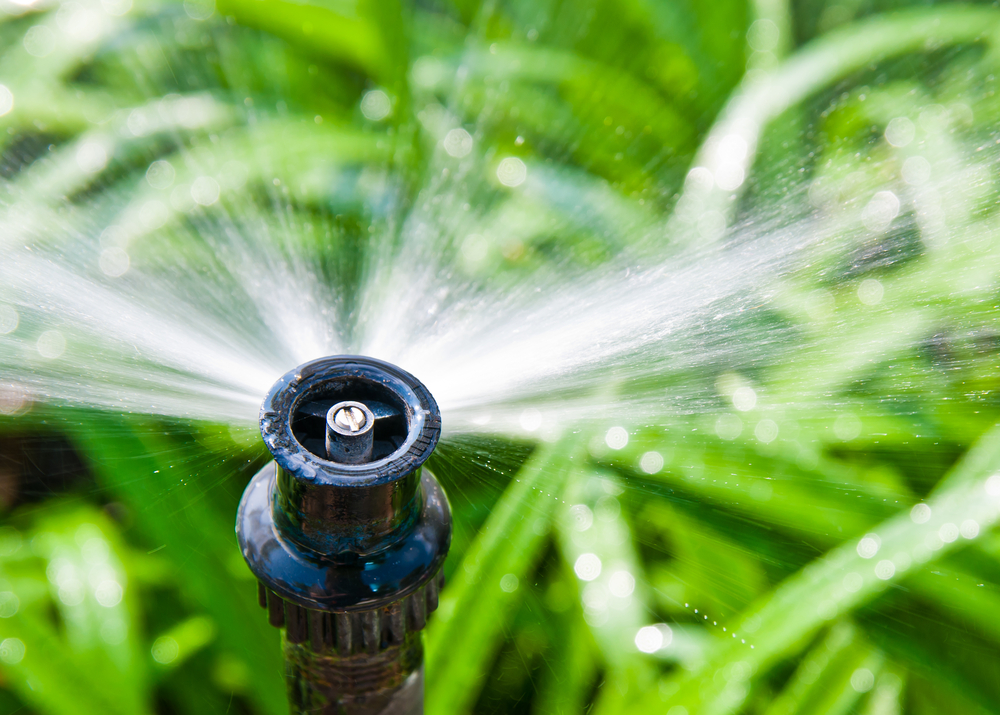 Most varieties of turf need about 2.5cm-4cm of water each week from rainfall or irrigation.
Most varieties of turf need about 2.5cm-4cm of water each week from rainfall or irrigation.
Rather than watering grass frequently for short periods, get into the habit of watering deeply but less frequently. Lawns don’t need daily watering, so try pushing it out two or three times a week.
Turf will tell you when it needs water – look for slight curling of the leaves which might appear faded or a limp leaf blade.
If you’re not sure, try walking across the lawn. If your lawn needs water you’ll be able to see footprints where you’ve been. If the blades spring back into the shape it’s a sign the lawn has access to enough moisture.
Deep watering encourages the roots to grow deeper, making the lawn more resistant to dry periods. Aim to get water into the soil below the root zone, to a depth of 15-20cm.
When using automatic sprinklers, regularly double-check they’re delivering the right amount of water – not too little and not too much. Make sure there are no overlaps or missed areas.
If you can, set the timer to water lawns in the morning, not at night, this allows your lawn to absorb water before it evaporates and dry off any excess during the day. Night watering can also increase the chance of fungal issues.
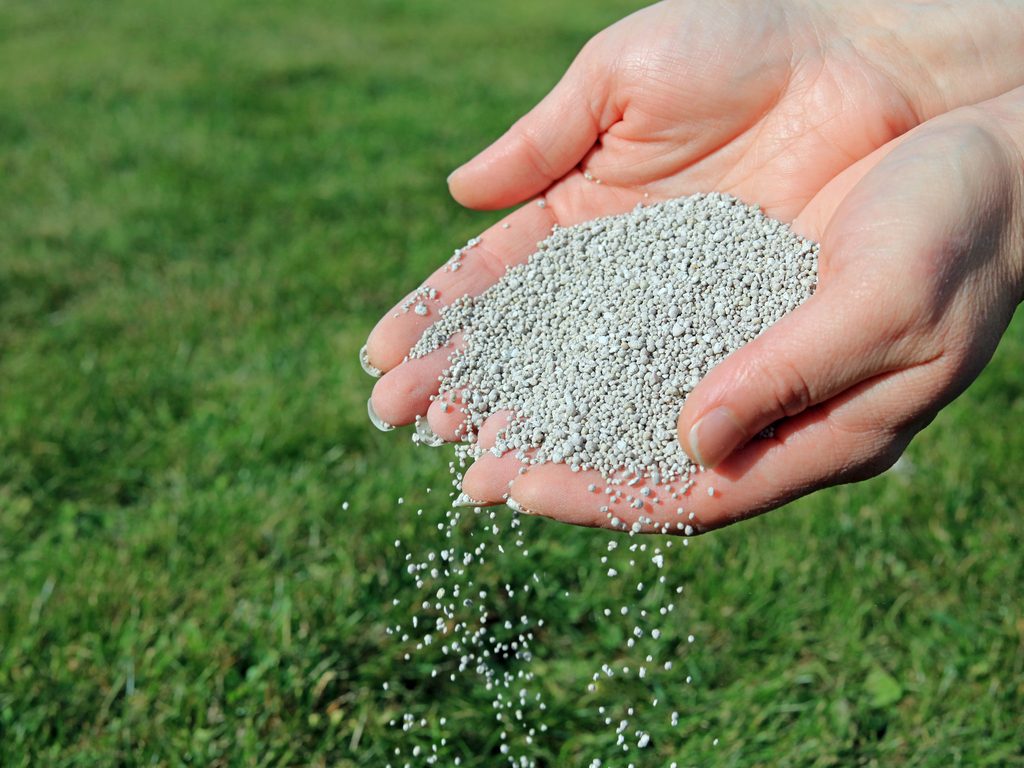 A vigorously growing lawn that receives regular applications of nitrogen-based fertiliser will be much more resistant to attack by weeds such as Summer Grass.
A vigorously growing lawn that receives regular applications of nitrogen-based fertiliser will be much more resistant to attack by weeds such as Summer Grass.
Aim to feed the lawn four times a year, twice in spring and again in late summer and autumn.
Top Tip:
Use a slow-release fertiliser product suited to your lawn’s variety and soil types it’s growing in.
As a rule of thumb, you should remove only one-third of the grass when mowing.
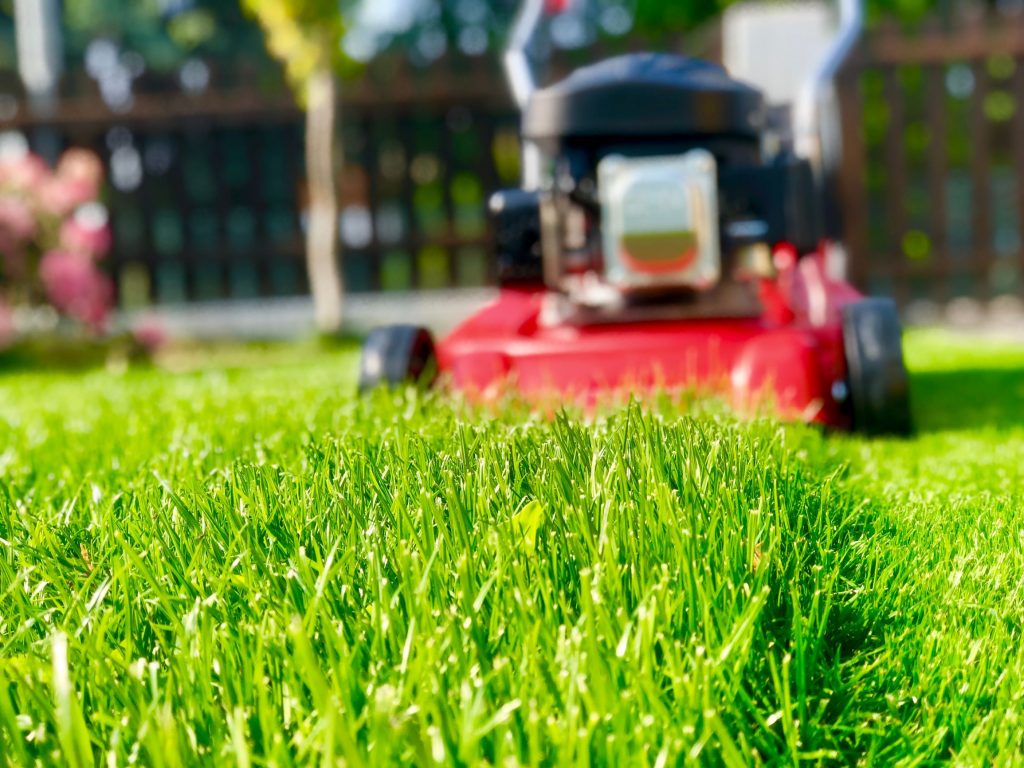 Regular mowing encourages better air circulation and lawn growth.
Regular mowing encourages better air circulation and lawn growth.
If thatch is thick, you can break it up with a thatching rake and use an aerator to reduce soil compaction making it easier for water and fertiliser to filtrate to the roots.